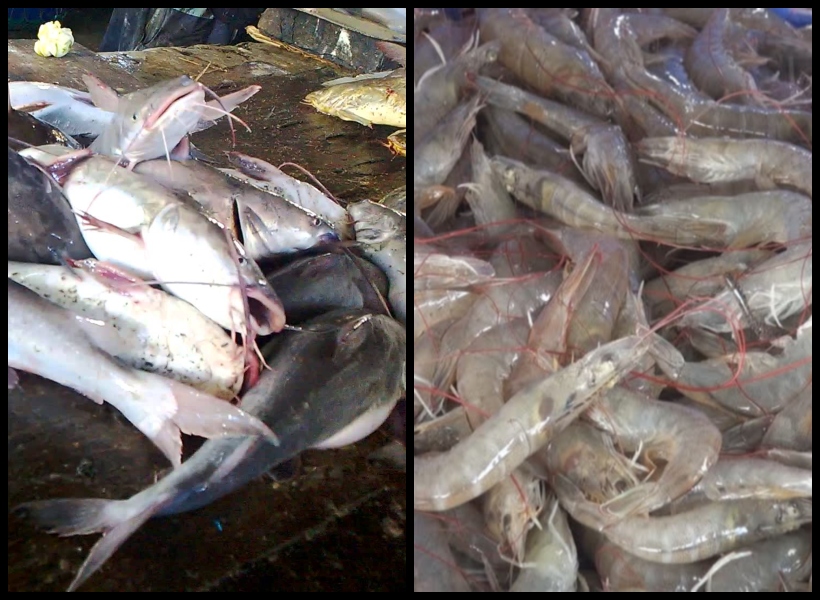Despite the recent blow to the fishing industry meted out by the United States Department of Agriculture (USDA) on the export of all Siluriformes fish (catfish species) and shrimp from Guyana, the sector has seen a 5.6 percent spike in the first half of this year.
The ban on the catfish species came into effect on March 1 of this year. The move by the US, media reports have indicated, affects over 90% of all fish exports to the U.S and over 70% of the overall fish export market.
The U.S decision means that apart from the catfish, hassar, cuirass and gilbacker can no longer be exported to the U.S.
The ban came as a result of Guyana’s lack of compliance with new US requirements.
However, in order to become compliant, Government said that it has implemented several measures including: tendering for the supply of a monitoring vessel; and gazetting new regulations, under the Fisheries Act, to improve compliance.
Requirements for vessel monitoring systems and by-catch reduction devices have also been recommended.
Further to the ban, another blow was delivered to the industry; resulting in a contraction of exports to the US following that country’s introduction of new legislations put in place to promote US farm-raised shrimp.
These interventions have seen many local seafood companies suffering due to the reduced demand for their wild caught products.
Managing Director of Gopie Investments Inc., Raoul Gopie, said last month that the change in the demand for wild caught shrimp in the US has affected his operations.
“My largest clients are in the US. In 2017, we shipped about 70 containers of shrimp to various states. With the new legislations in place to protect US shrimp producers, who I must add are mostly supplying farm raised shrimp, my business has been negatively impacted.” Mr. Gopie said.
Amidst this contraction, the Minister of Agriculture, Noel Holder has assured local fishers and processors that his ministry will be pulling out all the stops to acquire market opportunities and to ensure that Guyanese products are recognised for its quality.
These setbacks notwithstanding, overall production within the fishing industry is expected to exceed expectations, with growth anticipated to climb to 3.0 percent, for the year, above the projected 2.3 percent at the time of presentation of the 2018 Budget.











